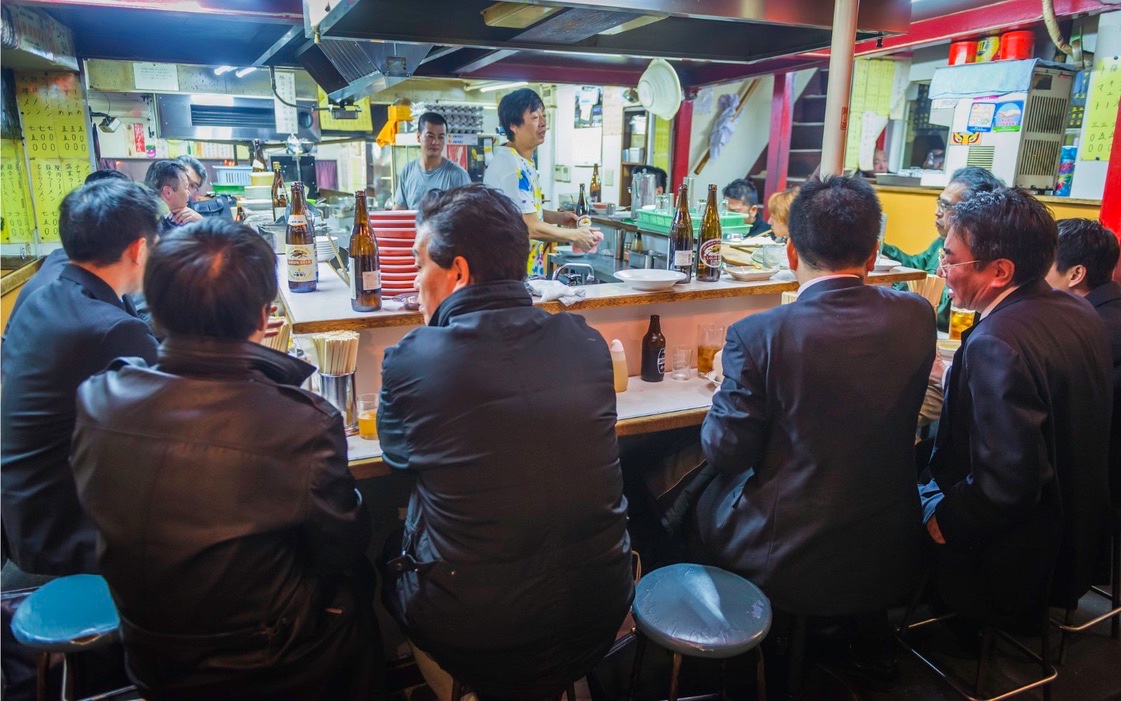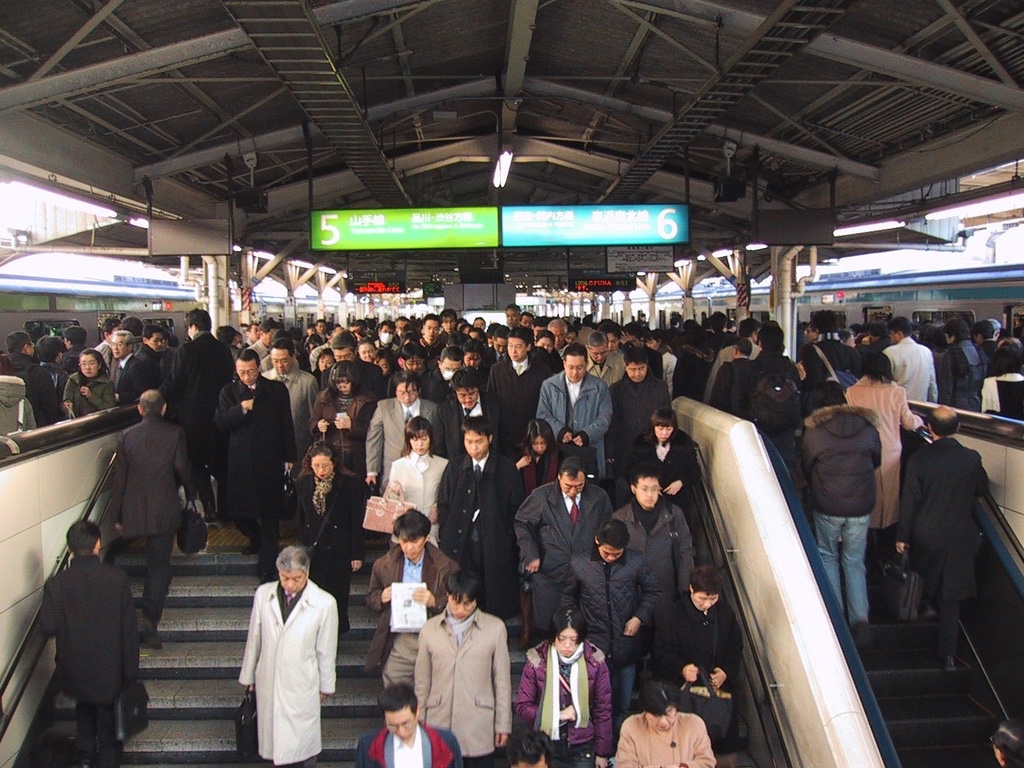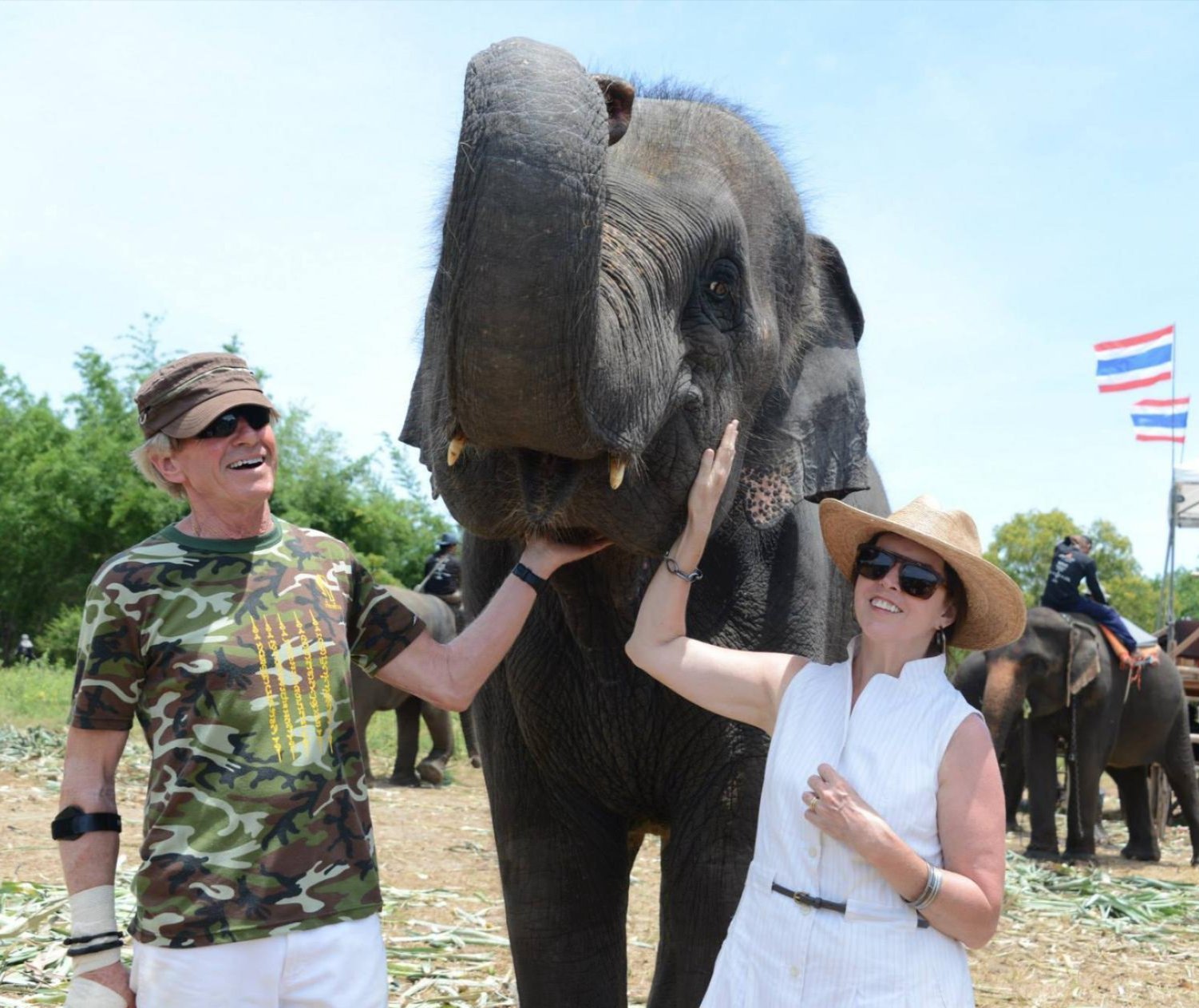JAPAN CRISIS - LONGEVITY GROWS WITHOUT EQUIVALENT REPRODUCTIVITY
For some time, it has been apparent that Japan has a rapidly aging society. Japan’s life expectancy is among the highest in the world with 1 in every 1,500 people in Japan over 100 years old of age. Smaller villages have shrunk into oblivion as the younger Japanese are attracted to jobs and activities in the bigger metropolitan areas leaving only a few behind in more remote areas. All of that has been recognized for some time but the fertility rate, which indicates the number of children a woman will have during her lifetime, has bounced around levels of between two and three for some years – well below historical levels.
Two ladies have addressed the concerns of a future downturn in the population of Japan—Noriko Tsuya in her article in Asia Times—Why the Japanese Don’t Want to Make Babies and Thisanka Siripala in The Diplomat—Population Crisis Nears Point of No Return. As I lived and worked in Japan for three years and welcomed two daughters into the world while there, I will add some of my observations to those of the authors above as we go along.
Professor Noriko Tsuya’s research on Japanese lifestyle and demographic changes led to greater clarity to Japan’s low fertility and declining marriage trends which will have even greater ramifications in the future. It is well understood that Japan has the world’s most declining population and the number of women of childbearing age may fall to a point where population decline cannot be further reduced. In a New Year public speech, Prime Minister Kishida Fumio stressed that the birth rate had fallen “to the brink of not being able to maintain a functioning society,” and the time to act is now. The government will attempt to arrest the decline with financial incentives and increasing retirement ages, whereas the root cause is in a social system that served them well in years gone by but is arcane today. It centers on a rigid corporate system that only hires young fresh graduates and a stark difference in the roles of men and women in the corporate structure as well as the home. Historically, the office structure was dominated by men with women being there to serve tea and be secretaries.
Early on in Tokyo, I was asked to select the new young women potential hires to serve tea and do filing chores. As my Japanese was limited at that time, I tried to escape the interview process. However, I was simply asked to pick the five I found to be attractive and amiable. It was difficult to accept those parameters, but I picked them and went on about my business. As the Japanese men work long hours, often stay up late with their work associates until the trains stop running, and either play golf, mahjong or Goh on weekends, very little time is spent with their wives if they are married. In the old days, men would be found in the lower level of their office drinking in a convenient bar like that shown below where there is only one pair of chopsticks in use.
Over time the rigidity of the male dominated workplace has evolved to the extent there is a measure of progress in breaking the glass ceiling. Women have made themselves known and demonstrated their dedication and abilities. Therefore, it should come as no surprise that they enjoy what they are doing, even to the extent of having a good time and have chosen to skip the obligatory tea ceremony training, marriage and have a career. There is a saying among Japanese men “Wives and tatami mats are the same, the newer the better.” If you are not familiar with tatami mats, the new ones have a wonderful fresh fragrance. Therefore, the old boys crowd has taken on a new feminine dimension from that of the past which appears to be a lot more fun. Nonetheless, women occupy only 13.2% of Japanese managerial positions compared to 30 to 40% in the case of European and American companies in their home countries.
It seems to me that the title of author Thisanka Siripala’s article has already occurred in that the population crisis has reached the point of no return. There are several other issues that relate to the “salaryman’s” devotion to his company and the rugged work environment they endure. Japanese friends of mine in senior positions of Japanese companies have looked forward to retiring at age 65 and moving on with their lives. A few of them are lonely even if they are married to some strange woman they met many years before. One friend was transferred to Houston and received a good riddance present from his wife of his cooking gear as he was the weekend cook. I saw him in Japan following his retirement and he and his wife had reunited.
I heard from another friend, a recently retired CEO of a major Japanese oil company, who is living the dream of travel and golf. Therefore, I would expect most of them to resist an extension in their planned retirement dates to age 68. Moreover, most politicians would not understand the lives of “salarymen.” When I lived in Tokyo, I walked out of my condo near the Meiji Shrine, hailed one of the plentiful taxis and made my way the short distance to the office. I did that one year and then moved to Yokohama with a family for two years where the daily routine entailed four taxi rides, two local trains and two express trains which stopped running at 10:30 pm. As a result, many nights were spent in a hotel in Tokyo. Further, I came up with numerous reasons to join my Thai and Air America cronies back in Bangkok on “most urgent” missions. Politicians with their black limos and white doilies on the back of their headrests would never believe life was that difficult. The image below more accurately portrays life in a major city in Japan.
Shino Matsuyama of the Asahi Shimbun paper published the results of a government Cabinet Office white paper released in 2022 that reported a post-war low of marriages were registered in Japan in 2021. Further according to the report, more than one-quarter of people in their 30s said they had no wish to get married. Another startling statistic was that 28.3 percent of men 50 years old and 17.8 percent of women of that age were unmarried. In 1970 only 1.7 percent of men and 3.3 percent of women of that age were unmarried.
When one travels to resort destinations, most middle-aged Japanese men have a much younger female companion while Japanese couples of comparable ages are almost exclusively quite young. Older Japanese women generally travel together in groups. There are many complexities about Japan that few foreigners comprehend and much less understand. Perhaps Japanese politicians do not fully grasp it either.
Shop Our Latest Picks!

A Purchase That Means More.
Our products are from Asian elephant countries offered to fund programs for the families and their 300 elephants in Baan Ta Klang, northeast Thailand. Your support enables us to provide two native English-speaking teachers in the village as well as underwrite a portion of the veterinary services for the elephants.







